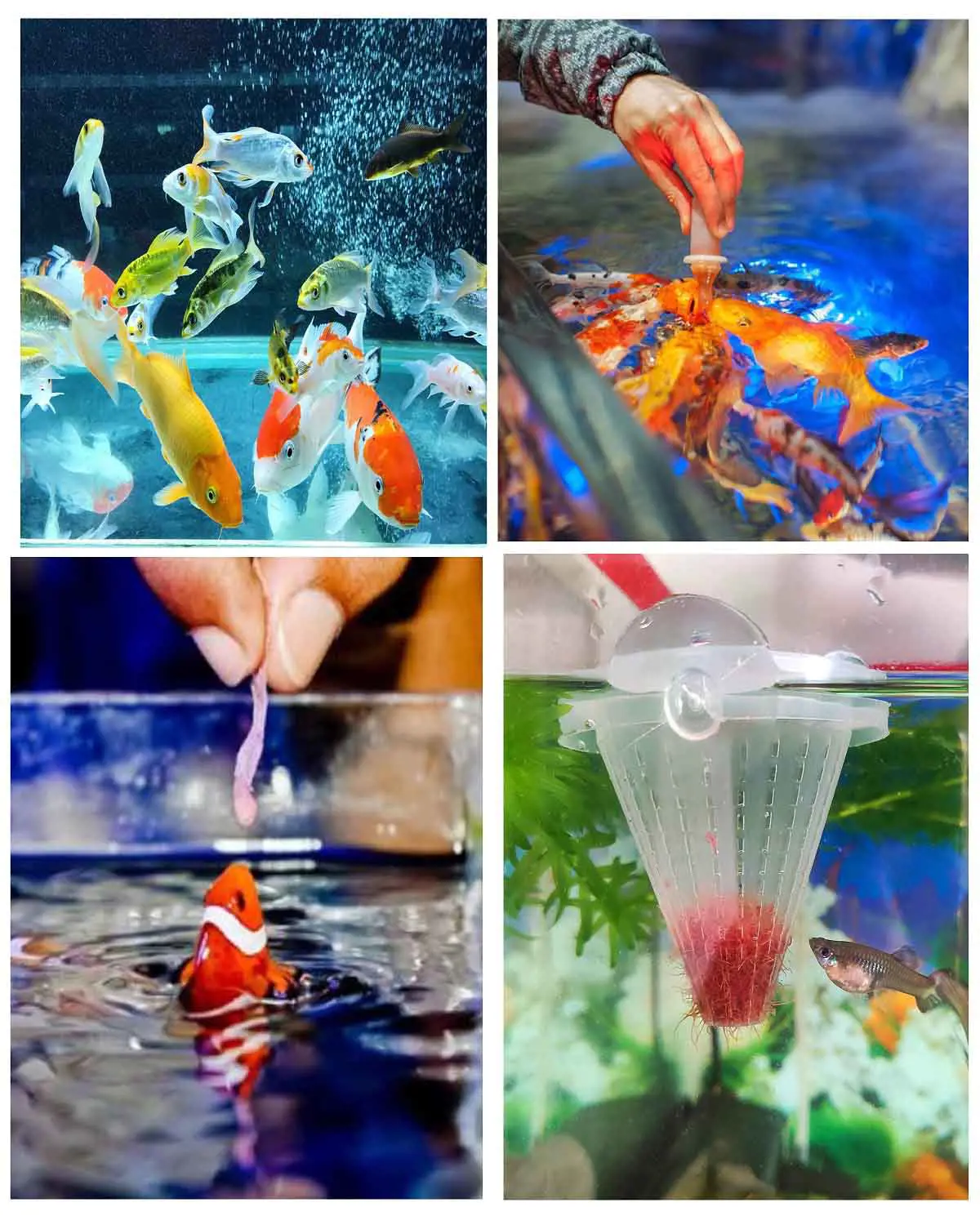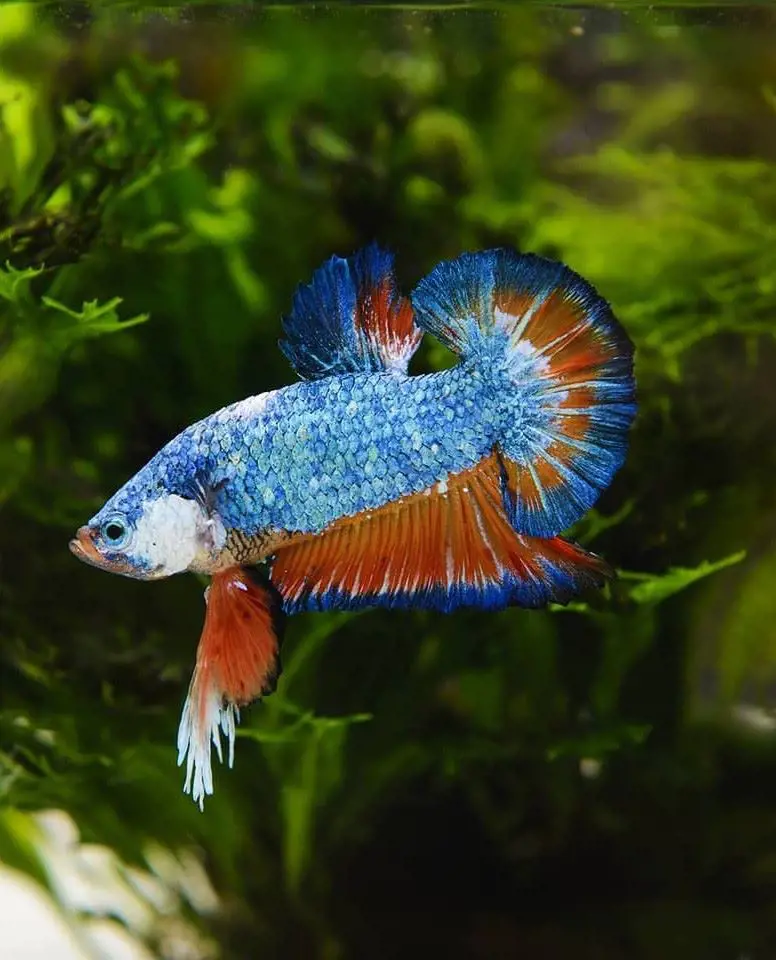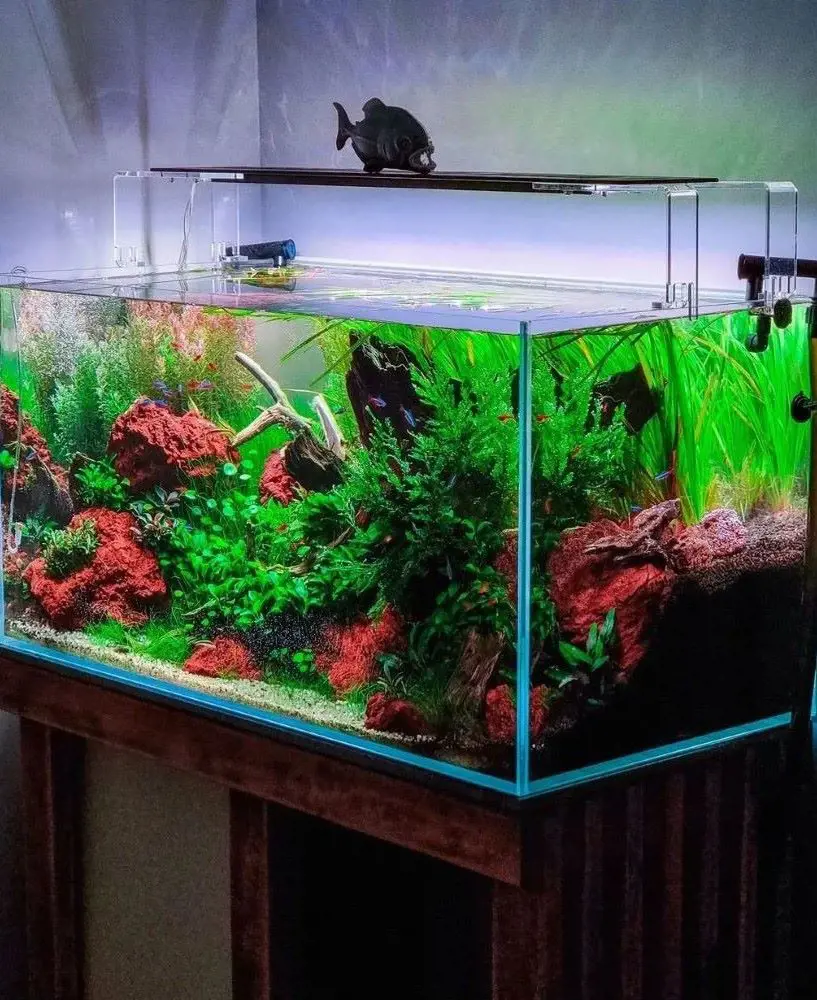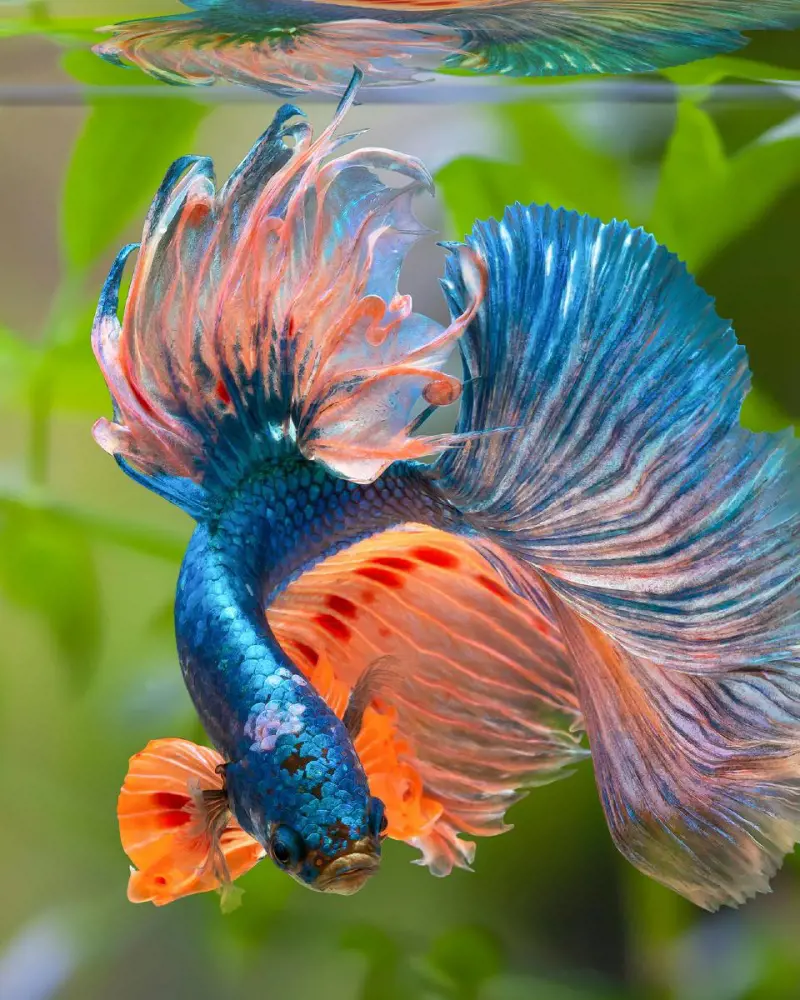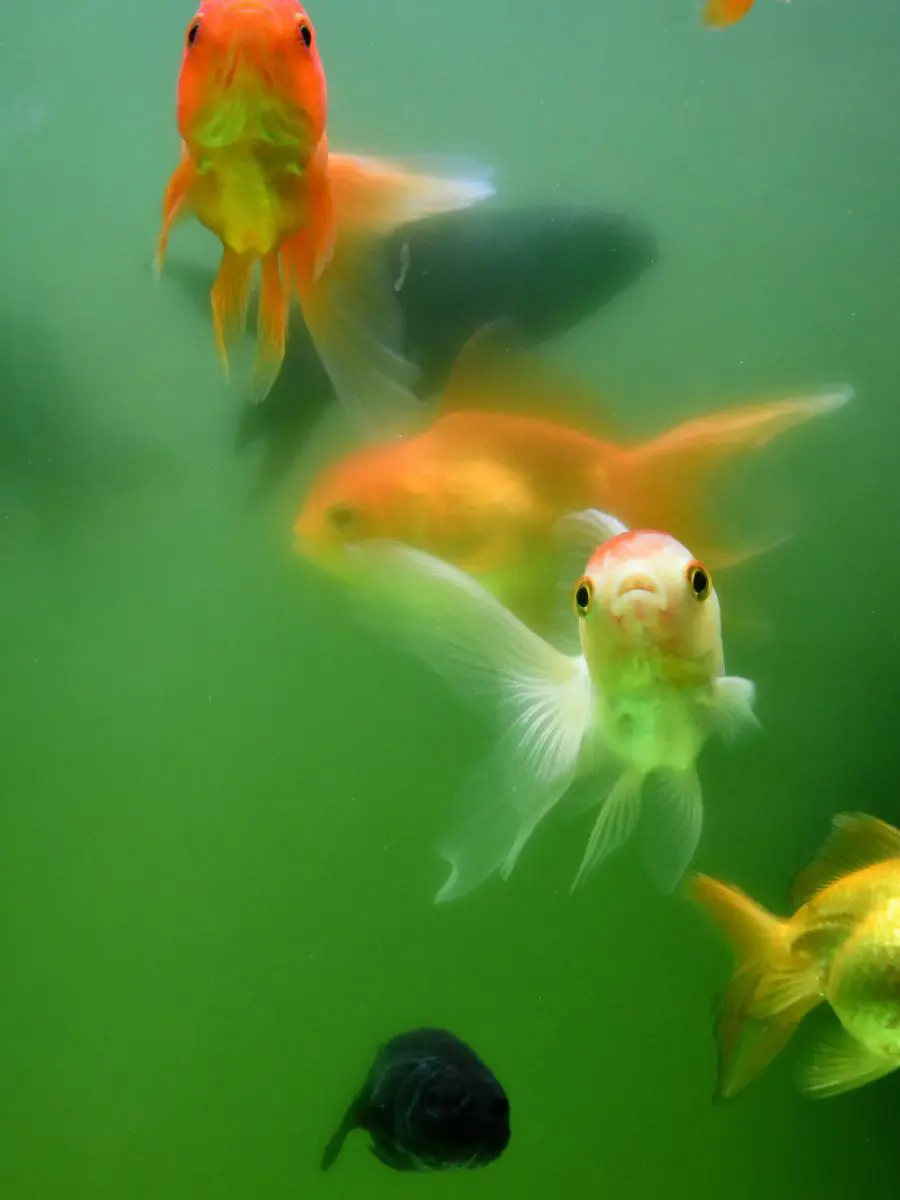Clown Loach Fish Profile And Tank Mates
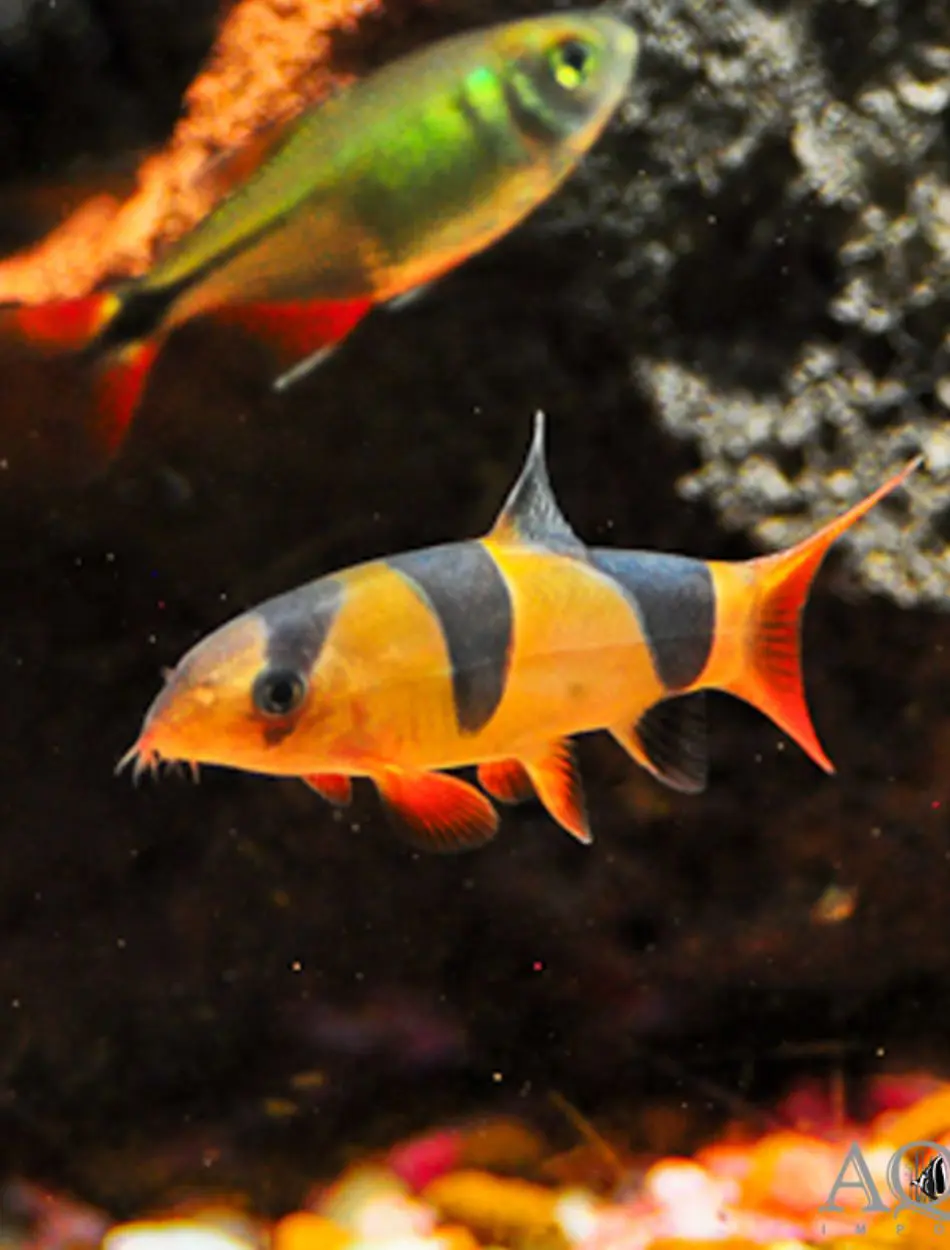
Clown loaches are social creatures, thriving in groups, and displaying playful, sometimes comical behavior that gives them their name. They are easily recognizable by their orange bodies adorned with three broad, black vertical stripes, resembling a clown's costume.
Growing up to 12 inches in captivity, clown loaches have a distinctive torpedo-shaped body, with a mouth equipped with tiny barbels that help them forage for food. They are active during the day but can be shy, often hiding in caves or among plants when they feel threatened.
Characteristics Of Clown Loach Fish
| Family | Cobitidae |
| Origin | Indonesia |
| Social | Peaceful |
| Tank Level | Buttom |
| Minimum Tank Size | 100 Gallons |
| Diet | Carnivore |
| Breeding | Spawners |
| Care | Moderately Difficult |
| pH | 6 To 7.5 |
| Hardness | 5 To 15 dH |
| Temperature | 75 F To 85 F |
Clown loach fish are vibrant, freshwater fish known for their striking appearance and social nature. They display a bright orange body with three bold, black vertical stripes, giving them a distinctive, clown-like appearance.
Clown loaches have a streamlined, torpedo-shaped body, which allows them to move swiftly through water. They possess small, whisker-like barbels around their mouth, used for detecting food in the substrate, making them effective foragers. Their playful behavior, including the peculiar habit of lying on their sides or upside down, adds a unique charm to their presence. Clown loaches are peaceful and generally get along with other fish species, though they can become territorial within their groups if not kept in large enough numbers.
They prefer aquariums with plenty of hiding spots, soft substrate, and slightly acidic to neutral water conditions. They are sensitive to water quality, so a well-maintained environment is essential for their health.
Origin And Distribution
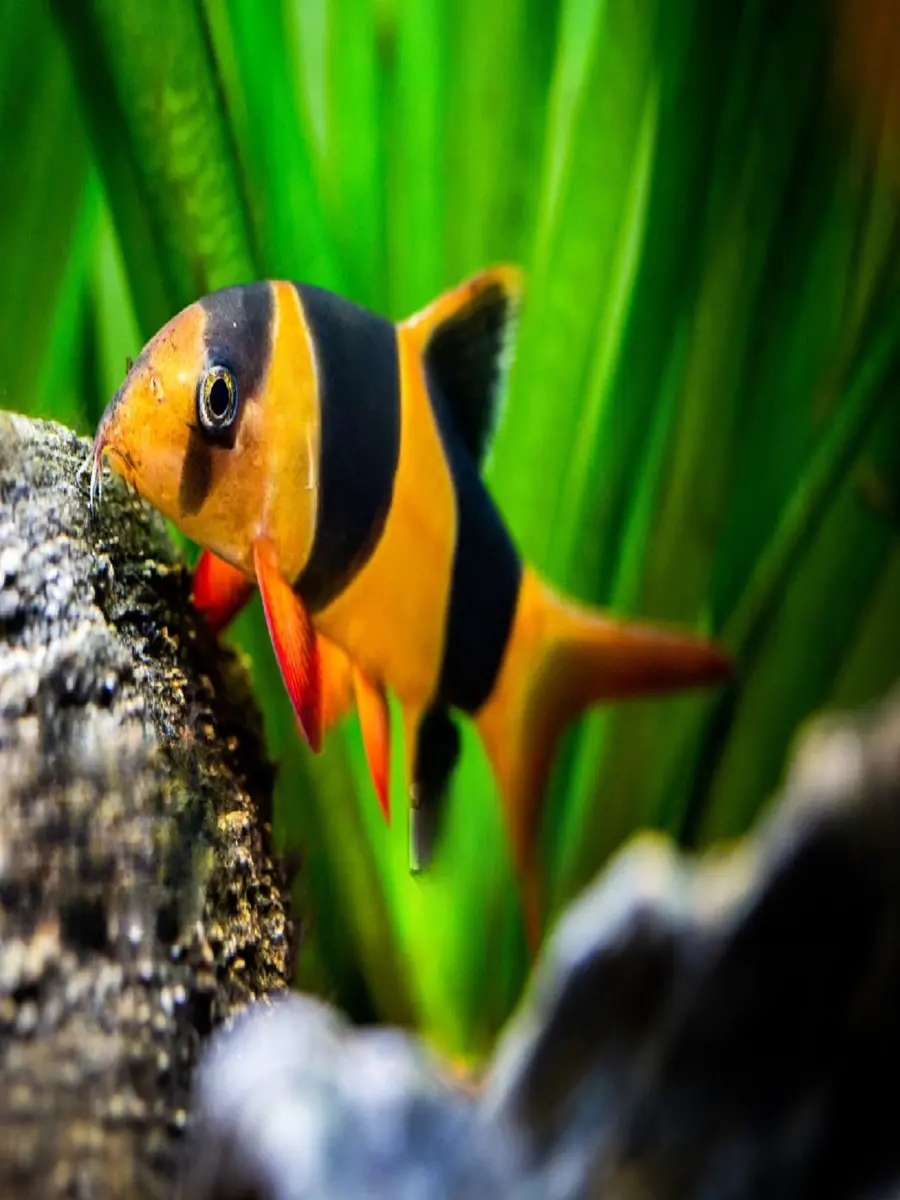
The clown loach is indigenous to the slow-moving rivers and floodplains of Borneo and Sumatra, where it inhabits clear to slightly turbid waters. These fish are often found in environments with dense vegetation, submerged roots, and plenty of hiding spots, providing them with the shelter and cover they naturally seek.
During the rainy season, clown loaches migrate to flooded forest areas, where they find abundant food and suitable conditions for breeding. Their native habitats are typically characterized by soft, acidic neutral water, which mimics the natural conditions of the rainforests that dominate these islands.
The distribution of clown loaches is largely confined to the Kapuas River basin in Borneo and the Musi River basin in Sumatra. These regions are rich in biodiversity, with many other freshwater species sharing the same habitat.
Colors And Markings Of Clown Loach Fish
The most prominent feature of the clown loach is its vivid orange or golden-yellow body. This bright base color covers the majority of the fish and provides a stark contrast to its distinctive black markings.
The intensity of the orange can vary among individuals, ranging from a pale yellowish hue to a deep, almost red-orange. The color can also change slightly depending on the fish’s age, health, and mood. For example, a stressed or ill clown loach may display duller colors, while a healthy and content fish will exhibit more vibrant hues.
The clown loach’s most iconic markings are its three broad, black vertical stripes. The first stripe runs through the eye, which is one of the clown loach's most distinctive features. The second stripe is located just behind the head, typically extending from the dorsal fin down to the belly. The third stripe is situated near the base of the tail fin and, like the others, runs vertically across the body.
Tankmates Of Clown Loach Fish
Clown loach fish are peaceful and social creatures, making them compatible with a variety of tankmates. However, due to their specific needs and behavior, it’s essential to choose tankmates that complement their temperament, size, and environmental requirements.
Neon Tetras
These small, peaceful fish are excellent companions for clown loaches. They thrive in similar water conditions and prefer the company of other small, non-aggressive species. The vibrant colours of the tetras also complement the striking appearance of clown loaches. The dazzling iridescent blue and red hues of neon tetras not only enhance the visual appeal of the tank but also complement the vibrant orange and black stripes of clown loaches, creating a stunning contrast.
Cory Catfish
Cory Catfish, also known as Corydoras, are peaceful bottom-dwellers that complement clown loaches well. They thrive in similar tank conditions, including slightly acidic to neutral water and temperatures between 70-78°F. Like clown loaches, Corydoras are social fish and prefer to be kept in groups, which enhances their well-being and encourages natural behaviors. Their gentle demeanor and compatibility with other peaceful species make them an ideal addition to a community tank with clown loaches.
Rosy Barbs
Rosy barbs are active, colorful fish that generally get along well with clown loaches when kept in appropriate numbers, typically six or more. While some barbs are known for fin-nipping, rosy barbs are less aggressive and their active nature complements the playful behavior of clown loaches. Their size is similar to that of clown loaches, which helps reduce the risk of bullying or territorial disputes.
Boesemani Rainbowfish
Boesemani rainbowfish are vibrant and active swimmers that thrive in a community tank alongside clown loaches. Their peaceful nature and similar water requirements, slightly acidic to neutral pH and temperatures of between 75-82°F, make them excellent tankmates. Their energetic behavior and colorful appearance complement the clown loaches, adding both dynamic movement and visual appeal to the aquarium.
Angelfish
Angelfish can coexist with clown loaches provided the tank is sufficiently large to offer ample space for both species. While angelfish are generally semi-aggressive, they can be compatible with clown loaches if introduced cautiously and monitored for any signs of aggression. Ensuring a spacious tank with plenty of hiding spots and visual barriers can help reduce potential conflicts.
Mollies
Mollies can generally be compatible tank mates for clown loaches under the right conditions. They are typically peaceful and social fish. They are hardy and adaptable, making them good candidates for a community tank. If their water parameters, diet, and tank conditions are properly managed. Both species generally have peaceful dispositions, but their differing activity levels and habitat preferences complement each other well.
Habitat And Care
In an aquarium, the habitat for clown loaches should replicate their natural environment to ensure their well-being. This includes maintaining warm water temperatures of between 75-86°F.
The tank should feature a fine, smooth substrate like sand or small gravel, with ample hiding spots created using driftwood, rocks, and plants. Gentle water flow and a well-maintained filtration system are crucial to mimic the slow-moving rivers and streams they are accustomed to. Including a variety of shelters and visual barriers will help replicate their natural habitat and reduce stress, promoting healthy and active behavior in the aquarium.
Caring for clown loaches involves creating an environment that closely resembles their natural habitat and providing appropriate nutrition and maintenance. A minimum of 100 gallons is recommended for a group of clown loaches. Use fine sand or smooth gravel to avoid damaging their sensitive barbe. Provide ample hiding spots with driftwood, rocks, and plants. se a filtration system that provides gentle water flow, mimicking their native slow-moving river environment.
Diet And Feeding
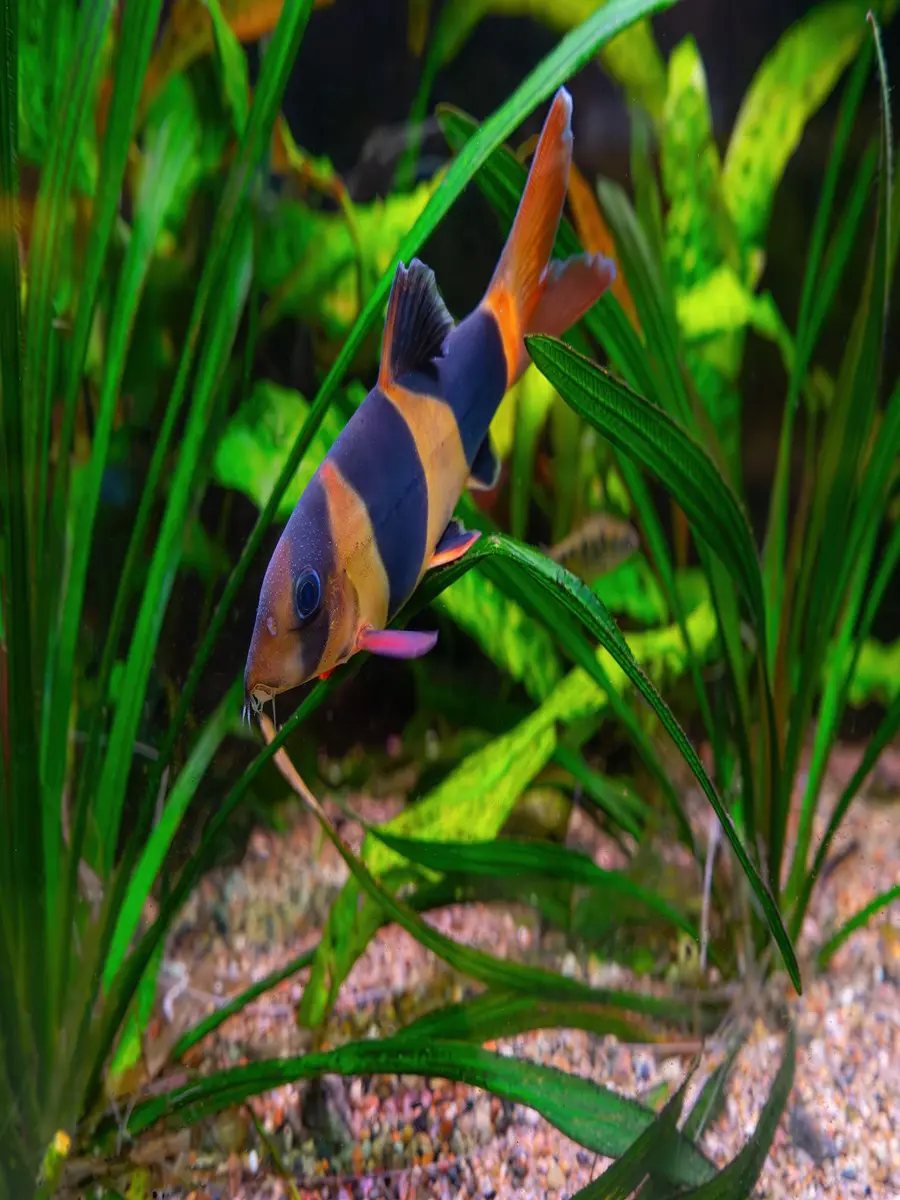
Clown loaches are omnivorous and require a varied diet to maintain their health and vibrant coloration. Proper feeding practices are essential for their growth and well-being.
High-quality sinking pellets are a staple in the diet of clown loaches. A good source of protein and essential fatty acids. Brine shrimp can be fed live, frozen, or freeze-dried. Rich in nutrients, mysis shrimp are a great supplement to their diet. Offer blanched vegetables such as spinach, zucchini, cucumber, and peas. These should be cut into small pieces and added to the tank. Ensure a varied diet to meet their nutritional needs and prevent dietary deficiencies. Rotate between pellets, live foods, frozen foods, and vegetables.
Feed clown loaches 2-3 times a day. Offer small amounts of food that they can consume within a few minutes. This helps prevent overfeeding and maintains good water quality. Only provide as much food as the fish can eat within a few minutes. Uneaten food should be removed promptly to avoid fouling the water.
Gender Differences Of Clown Loach
Determining the gender of clown loaches can be challenging, especially as they mature, as there are few obvious external differences between males and females. Males generally have a slightly more slender and elongated body shape compared to females.
Females are often a bit more rounded or plump, particularly when carrying eggs. This is more noticeable when the fish is ready to spawn. Males might have slightly more pointed dorsal and pectoral fins. Their fins can sometimes appear more elongated or have sharper edges. Females tend to have broader, more rounded fins, especially when they are full of eggs. Males might show more territorial behavior, especially during the breeding season.
The color of males may be slightly more intense or vivid, although this difference can be subtle and influenced by factors such as lighting and water quality. Females may have slightly less vibrant coloration, though this is not a reliable indicator of its own. Behavioral cues during breeding seasons can also help in identifying gender. However, in many cases, it can be quite difficult to distinguish between the sexes without close observation and experience.
Breeding The Clown Loach

Breeding clown loaches in captivity is challenging and not commonly achieved due to their specific requirements and behaviors. However, understanding their breeding needs can help create conditions that might encourage spawning.
A separate breeding tank is recommended to control conditions more effectively. A size of at least 20 gallons is ideal. Use a fine substrate or bare bottom to make it easier to monitor and clean.
Breeding clown loaches requires replicating their natural conditions as closely as possible and ensuring they are well-conditioned. Provide a spacious, well-maintained breeding tank with appropriate water conditions, plenty of hiding spots, and a nutritious diet. While breeding clown loaches in captivity is challenging, creating the right environment can increase the chances of successful spawning.
Top Lists

